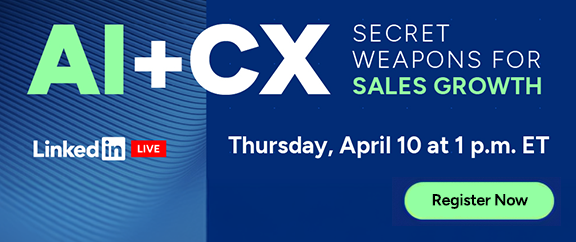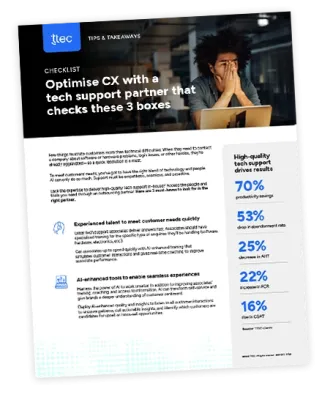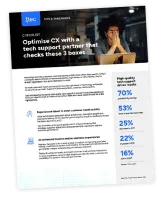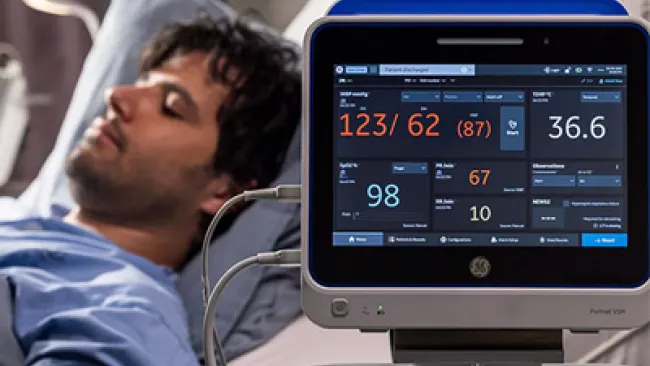Think fast: What is the difference between business intelligence and predictive analytics and why does it matter? While many companies use these tools to better utilise the big data at their disposal, a quick Google search shows that these are still common questions.
Business intelligence and predictive analytics are often used interchangeably to describe tools and methods for utilising data to make informed decisions. And in this digital age, using so many tools and techniques can be confusing. Read on for an explanation of the major differences between business intelligence and predictive analytics so that you can choose the right approach for your business needs.
What is business intelligence?
Business intelligence or BI is comprised of procedures and infrastructure for collecting, storing, analysing, and interpreting data that is produced by a company. It encompasses data mining, data visualisation, performance benchmarking, and descriptive analytics—techniques for parsing data to generate reports, performance measures and trends to reveal insights and make better business decisions.
Business intelligence answers the questions, “who are our most valuable/least valuable customers?”, “when is the best time reach out to our customers?”, “when do callers experience the longest wait times?” and much more.
What is predictive analytics?
While business intelligence focuses on what happened in the past, predictive analytics answers the question, “what is most likely to happen?” It is a form of data analytics that estimates future performance using historical and current data. Predictive analytics utilises data modeling and statistical algorithms to determine the probability of future outcomes.
It provides forecasts based on data science and often algorithms that make use of multiple data sets. Uses of predictive analytics include workforce forecasting, sales forecasting, and brands’ suggestions for what customers may want to purchase next.
What are the benefits of business intelligence?
Virtually every area of any business would benefit from turning raw data into meaningful and useful insights. Business intelligence supports numerous functions across an organisation from recruitment and hiring to training and compliance, as well as marketing and sales.
For instance, by providing faster, more accurate reporting and analysis, a BI tool could identify bottlenecks in a contact centre and help refine operational processes to improve customer support. BI can also reduce costs, increase revenue, and improve employee satisfaction.
What are the benefits of predictive analytics?
Predictive analytics are particularly helpful for planning purposes. For instance, staffing contact centres with the right number of associates is difficult, especially during dynamic markets. By analyzing current call patterns, along with data from past periods and economic factors, predictive analytics can help by using regression models to predict how much call volume a contact centre should expect on a particular time of day or week. This insight can help managers determine how many associates they’ll need to ramp up or down.
Regression models are also commonly used to anticipate customer buying patterns – what product a customer will buy, when, and through what channel. Marketing organisations apply these models to target the right customer at the right time with the right message.
Another type of predictive modelling—an outlier model— can identify unusual increases in customer support calls or product returns in a short period of time, as a red flag for a larger problem, such as a product failure. An outlier model can also be used to predict fraud by highlighting outliers in financial transactions or insurance claims.
A brave new data world
Meaningful insights can be found nearly anywhere—if companies know where to look. Business intelligence and predictive analytics are some of the most effective tools for optimizing and improving business operations and other functions. And understanding the nuances between these tools makes all the difference in positioning a business to succeed both now, and in the future.
Learn more about business intelligence and predictive analytics.
4 Ways to Strike a Balance between Artificial and Human Intelligence – We explore four steps you can implement now to drive the greatest outcomes and deliver exceptional CX.
Predictive Analytics Can Improve Efficiency and Improve CX for Auto Customers – There are several ways in which auto brands can get smarter about their customer interactions.
Sophisticated Analytics Delivers the Goods – Customer analytics helps gather actionable insight and drive impressive sales growth.
VOC Analytics: 5 To-Dos in the New Era of Data – Accelerate and enhance the VOC analytics process and begin delivering more impactful customer experiences.

















